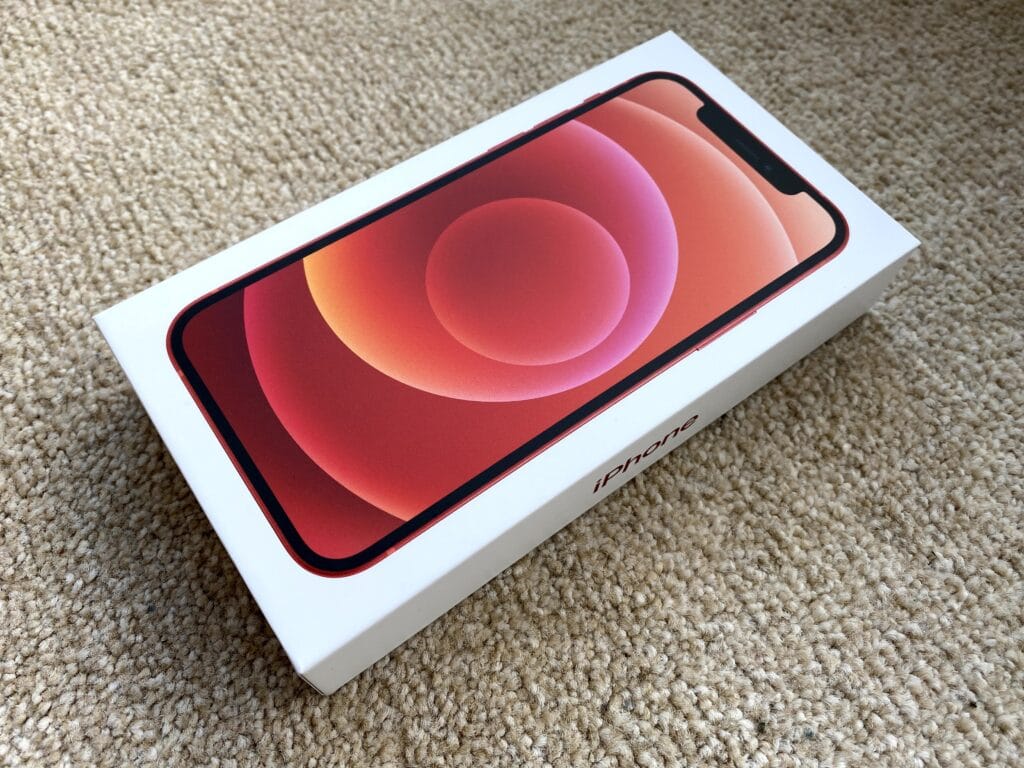
Apple is often considered a trendsetter in the smartphone industry. The company introduced display notch others followed suit, they ditched 3.5mm audio jack, and companies like Samsung did the same. Last year Apple stopped bundling Wall Charger and EarPods, citing environmental reason. As expected, Samsung started taking potshots at Apple only to ditch wall chargers on Samsung Galaxy S21 series.
Apple has explained its decision to stop bundling power adapters in length. The company says it will save 861,000 tons of copper, zinc, and tin just with products like iPhone 12. Furthermore, smaller packaging will help Apple ship more iPhone 12 boxes and reduce the logistics burden. Putting things into perspective, Apple will now be able to carry up to 70 percent more iPhone 12 boxes.
According to 2021 Environmental Progress Report, the company reduced its CO2 emissions to 22.6 million tons from 25.1 million. Furthermore, Apple also brought down its energy consumption by 13.9 million kWh. The report speaks in volumes about Apple’s Material Recovery Lab used to recover rare earth elements including steel, and tungsten from iPhones. It says every metric ton of recycled components is equivalent to 150 metric tons of mined ore.
This year Apple has accelerated its transition to more efficient M1 chips across its Mac and Mac mini lineup. Apparently the move to M1 Chip has reduced the system’s carbon footprint by 34 percent on Mac Mini. Apple says it has reduced the average power consumption on its products by a staggering 70 percent in the last 12 years.
Our Take
The decision to exclude wall chargers has definitely benefitted Apple and also environment to a certain extent. However, the environmental benefits could be nullified by end-users buying wall chargers and earbuds separately. Add to that extra packaging that comes with separate charger and earbuds. Apple assumes new iPhone buyers will already own a working charging adapter and headphones. Making things worse is that the USB-C lightning connector bundled with new devices is not compatible with the power bricks of older iPhones.
[via TheVerge]